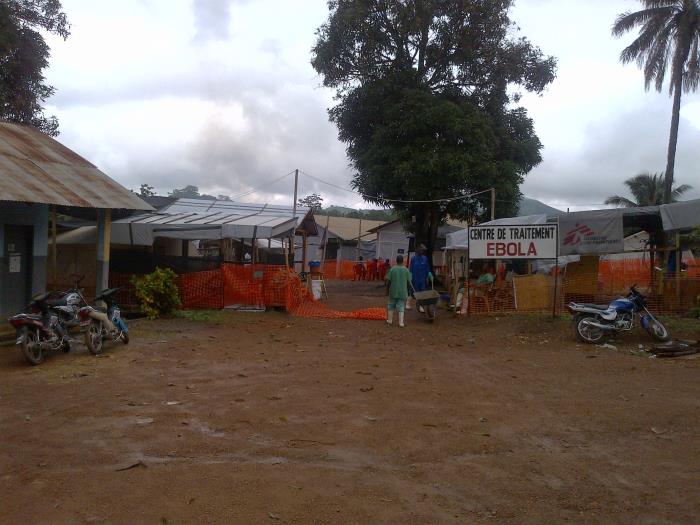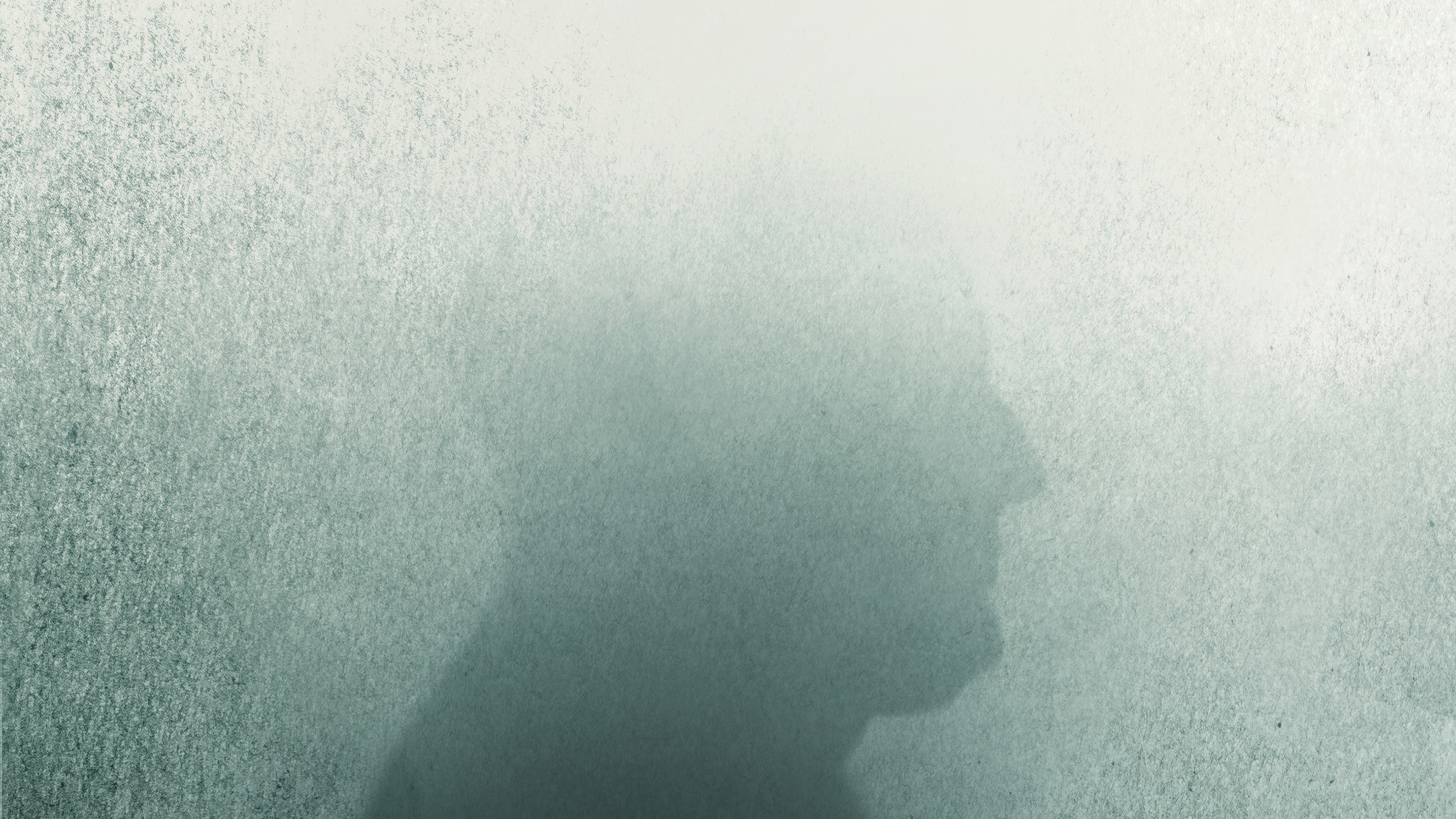Liberia, Guinea On Track to Contain Ebola

The West African nations of Liberia and Guinea have achieved a goal of isolating at least 70 percent of people infected with Ebola, and safely burying at least 70 percent of the people who have died of the disease, according to the World Health Organization.
If the efforts to contain the spread of Ebola in these countries continue at the same level, both could stomp out this current outbreak within the next few months, said Gerardo Chowell-Puente, a mathematical epidemiologist at Arizona State University in Phoenix, who has studied the outbreak's dynamics.
But this doesn't mean people all over the world should relax their efforts.
"This is exactly the time when the effort needs to continue, and maybe even push harder, to be able to track the last chain of transmission in Liberia and get rid of Ebola," Chowell-Puente told Live Science. [2014 Ebola Outbreak: Full Coverage of the Viral Epidemic]
Transmission rate
Early models predicted that as many as 1.4 million people in West Africa could contract Ebola if efforts to contain the virus weren't ramped up. But those models were "pretty rough approximations of what's really going on in the field," said Chowell-Puente, who in October published a review in the journal BMC Medicine on Ebola disease transmission.
The Ebola outbreak in West Africa has now sickened nearly 16,000 people and killed at least 5,674 in Guinea, Liberia and Sierra Leone, according to the Centers for Disease Control and Prevention.
Get the world’s most fascinating discoveries delivered straight to your inbox.
The United Nations set the targets of getting 70 percent of sick people isolated and 70 percent of the dead buried based on mathematical models of what researchers call the "basic reproduction number," or R0, for Ebola, which is a measure of how many people will be infected with Ebola from each case of the disease. If the R0 for a disease is greater than 1, the number of cases will grow; an R0 of less than 1 means the disease will eventually be extinguished, Chowell-Puente said. In the case of Ebola, researchers predicted that meeting these 70 percent goals would bring the R0 below 1.
Several factors affect whether the R0 is greater or less than 1. One is the transmissibility of the virus, meaning how likely it is that a person who has close contact with an Ebola patient will also become sick. Another factor is how many people actually come into contact with a sick patient.
Quick changes
These numbers are fluid and have changed as the epidemic has progressed. Ebola is spread only through contact with infected bodily fluids, and most victims are caregivers who are in close contact with the sick. People are less infectious when they first show symptoms of illness and the amount of virus circulating in their body is low; they grow more infectious as their symptoms worsen. (The corpses of Ebola victims are incredibly infectious because they are teeming with billions of virus particles.)
By increasing the number of beds and ambulances available to transport the sick, Liberia and Guinea increased the fraction of Ebola patients that are put in isolation quickly, meaning fewer people are in contact with highly infectious patients.
In addition, after people in the affected areas learned how Ebola spreads, they dramatically changed their practices by both avoiding the sick and altering their burial customs to avoid contact with infectious corpses. These changes quickly lowered the number of people who had contact with each Ebola patient, Chowell-Puente said.
Improved access to protective gear, such as gowns and gloves, also helps reduce transmission in health care settings, Chowell-Puente said.
And now that the number of new cases has dropped so dramatically, health care workers can further drive down transmission by resuming contract tracing, or tracking all the people who have had contact with an Ebola victim and monitoring them twice daily for symptoms, Chowell-Puente said. In all past outbreaks, when this approach has been used, it has eradicated the disease.
Eradication
If the current downward trend continues, Liberia and Guinea are on track to see their last case as early as a month from now. After that time, the countries would need to pass 42 days (or twice Ebola's maximum incubation period) without any new cases of the disease to be declared "Ebola free," Chowell-Puente said.
The disease is still raging in Sierra Leone, where more efforts are needed, he added. But an increase in available beds and treatment centers in Sierra Leone could help that country reach the safe burial and isolation target in a few weeks.
Still, until all the countries in the region have eradicated the disease, a new flare-up is always a possibility.
"You can have new reintroductions from Guinea or Sierra Leone and start new chains of transmission," Chowell-Puente said.
Follow Tia Ghose on Twitterand Google+. Follow Live Science @livescience, Facebook & Google+. Originally published on Live Science.

